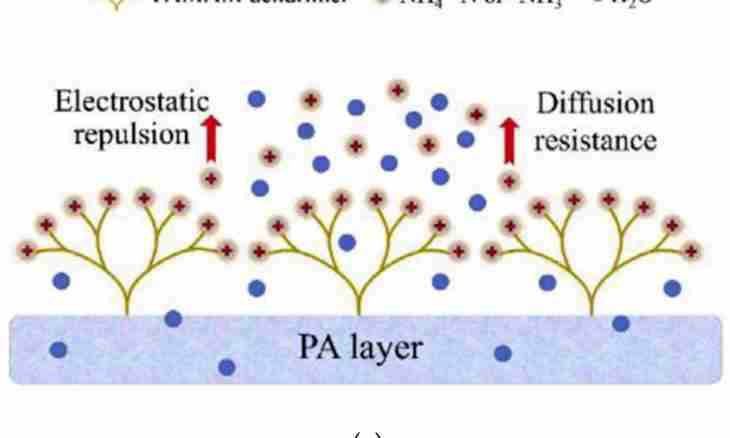The equation of chemical reaction is the record made according to the adopted rules. It characterizes reaction course, that is describes what substances took in it part and what were formed. The equation can be written down both in a full form (molecular), and in reduced (ionic).
Instruction
1. In the left member of equation write down the substances entering chemical reaction. They are called "initial substances". In the right part, respectively, the formed substances ("reaction products").
2. At record of formulas of molecules use the standard chemical symbols of atoms. The index of each atom is defined by a formula of connection and valency.
3. To remember that unlike the mathematical equations, in equations chemical reactions it is impossible to interchange the position of the right and left parts at all! As from it the point of record will be reversed. Besides, such reaction often becomes just impossible.
4. The amount of atoms of all elements in the left and right part of reaction has to be identical. If necessary, make "equilibration" of quantity by selection of coefficients.
5. When writing the equation of chemical reaction, at first make sure that it in general is possible. That is that its course does not contradict the known physical and chemical rules and properties of substances. For example, reaction: NaI + AgNO3 = NaNO3 + AgI
6. It proceeds quickly and up to the end, during reaction the insoluble light yellow deposit of iodide silver is formed. And return reaction: AgI + NaNO3 = + NaI - is impossible AgNO3, though is written down by the correct symbols, and the amount of atoms of all elements in the left and right part is identical.
7. Write down the equation in a "full" form, that is, using their molecular formulas. For example, reaction of formation of a deposit of sulfate of barium: BaCl2 + Na2SO4 = 2NaCl + BaSO4
8. And you can write down the same reaction in an ionic form: Ba 2+ + 2Cl-+ 2Na + + SO4 2-= 2Na + + 2Cl-+ BaSO4
9. You see that in left and the right member of equation contains absolutely identical ions of chlorine and sodium. Delete them and receive the total reduced reaction equation in an ionic form: Ba 2+ + SO4 2-= BaSO4
10. In the same way it is possible to write down the equation of other reaction in an ionic form. Remember that each molecule of the soluble (dissociating) substance registers in an ionic look, identical ions in the left and right member of equation are excluded.
